You don’t need a mechanic for everything—some car fixes are way easier than you think.

Taking your car into the shop can feel like handing over your wallet and crossing your fingers. Mechanics do great work, but not every repair requires a pro charging you hundreds of dollars. Plenty of basic car problems are surprisingly easy to handle on your own, even if you don’t consider yourself particularly handy. With a little time, a few inexpensive tools, and a bit of patience, you can knock out many of these small issues without ever setting foot in a repair shop.
Doing simple fixes yourself not only saves you serious money but also builds confidence and gives you a better understanding of how your car works. You don’t need to be a full-blown gearhead to handle these tasks. These 10 common car problems are absolutely DIY-friendly—and your mechanic would probably rather you not realize how simple they really are.
1. Replacing your windshield wiper blades takes minutes and saves money.
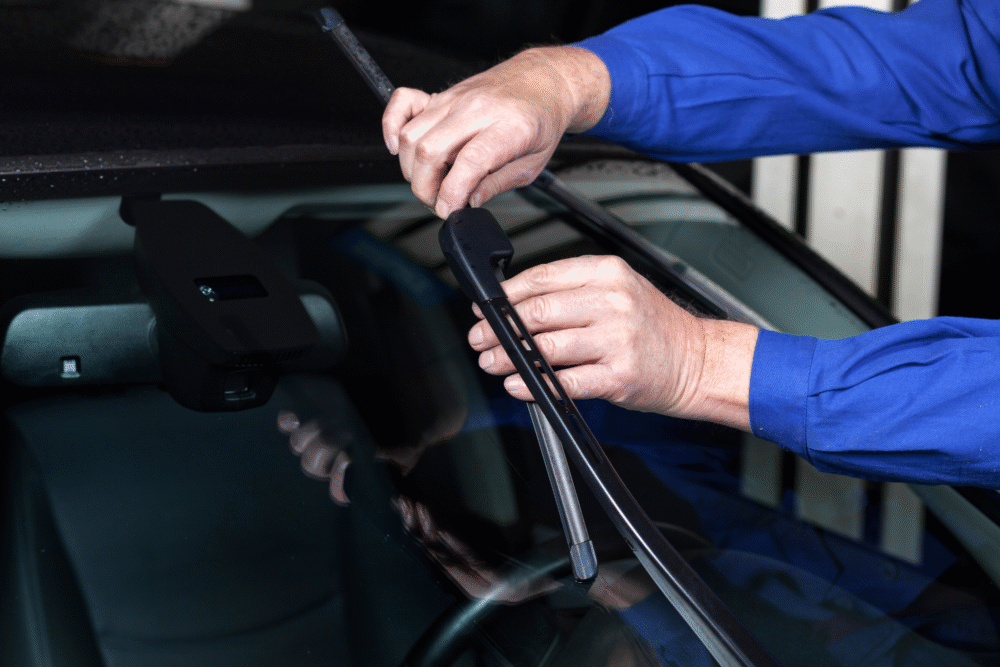
Worn-out wiper blades leave streaks, make awful noises, and reduce visibility. Many people drive straight to the mechanic or dealership when they start to fail, but swapping them out is one of the easiest car fixes out there, according to Jeremy Anderberg at Art of Manliness.
Most modern wiper blades snap on and off with a simple clip mechanism. You can buy replacements at any auto parts store, follow a quick tutorial, and have new blades installed in under 10 minutes. The hardest part is matching the right size, but once you’ve got that, you’ll wonder why you ever paid someone else to do it.
2. Swapping out your air filter keeps your engine breathing clean.
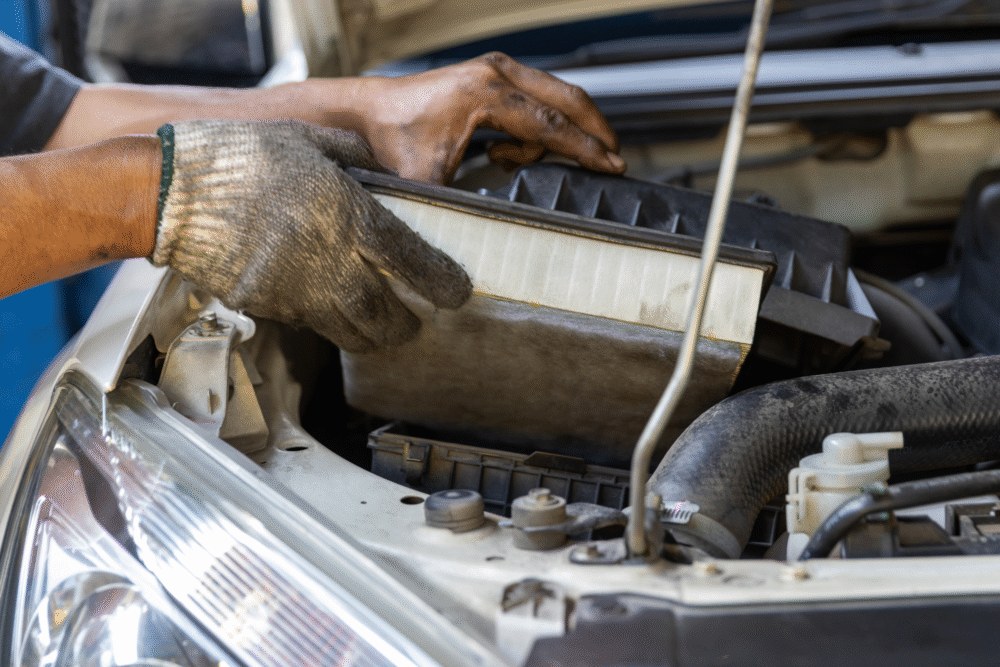
A clogged air filter reduces fuel efficiency and strains your engine. Dealerships love to charge $50 or more for a replacement that you can handle in less than five minutes with a $15 filter, as reported by the authors at Autozone.
Pop the hood, locate the filter housing (usually secured with clips or a few screws), pull out the old one, drop in the new one, and close it back up. No special tools, no technical know-how required. Keeping your air filter fresh can improve performance and save gas without ever stepping into a repair shop.
3. Replacing burnt-out headlights or taillights is shockingly simple.
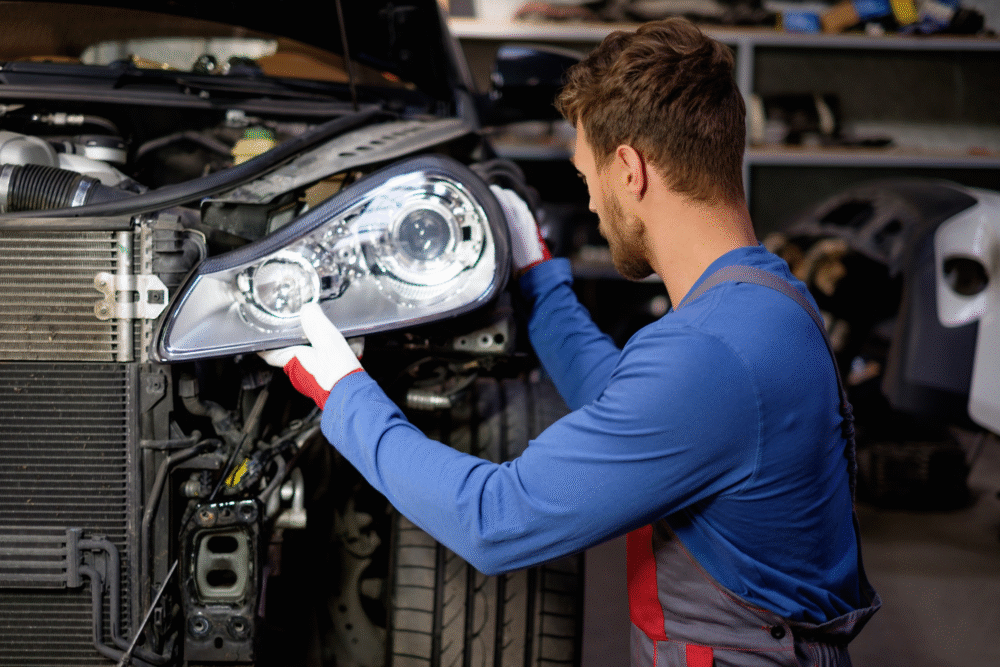
When a headlight or taillight burns out, many people assume it requires professional help. But for most cars, replacing these bulbs is extremely straightforward, and you’ll pay only for the cost of the bulb itself instead of an inflated labor charge, as stated by the authors at University Ford North.
Accessing the bulb usually involves opening the hood or trunk, removing a dust cover or clip, and swapping in the new bulb. Double-check your car’s manual or a quick online tutorial for your specific model, and you can handle the entire job in 15 minutes or less.
4. Fixing small scratches and paint chips protects your car’s value.
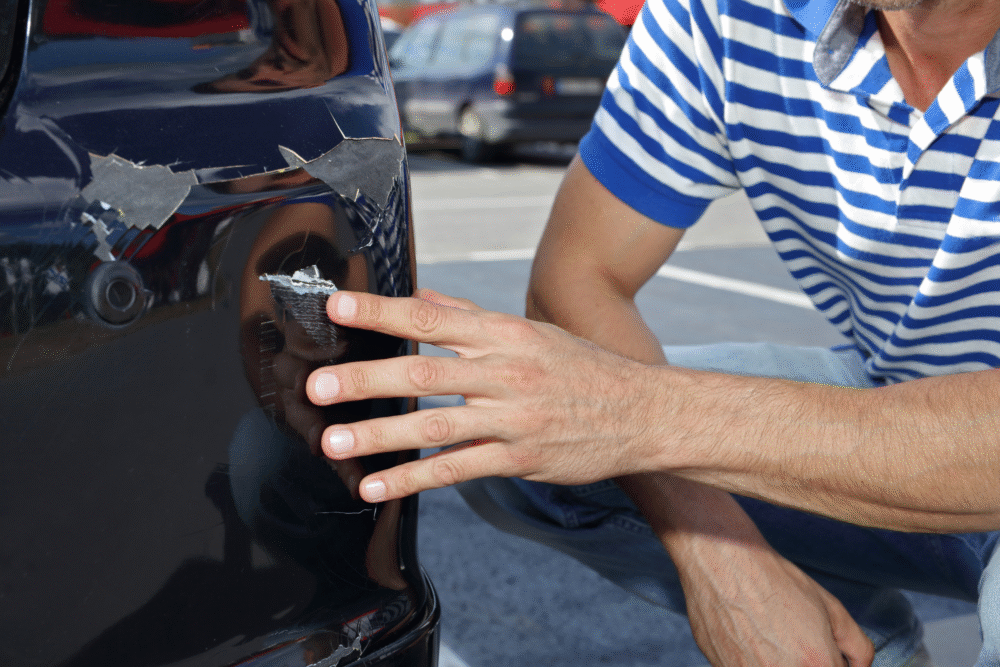
Minor scratches and paint chips may not seem like a big deal, but they can lead to rust if left untreated. Body shops often charge big money for cosmetic touch-ups, but you can manage small blemishes yourself with a simple touch-up paint kit.
Clean the area, apply the paint carefully, and let it cure. While you won’t get showroom perfection, you’ll prevent further damage and keep your car looking sharp. Touch-up kits cost a fraction of what a shop would charge, and a little patience goes a long way toward a solid DIY repair.
5. Changing your engine oil saves hundreds over time.
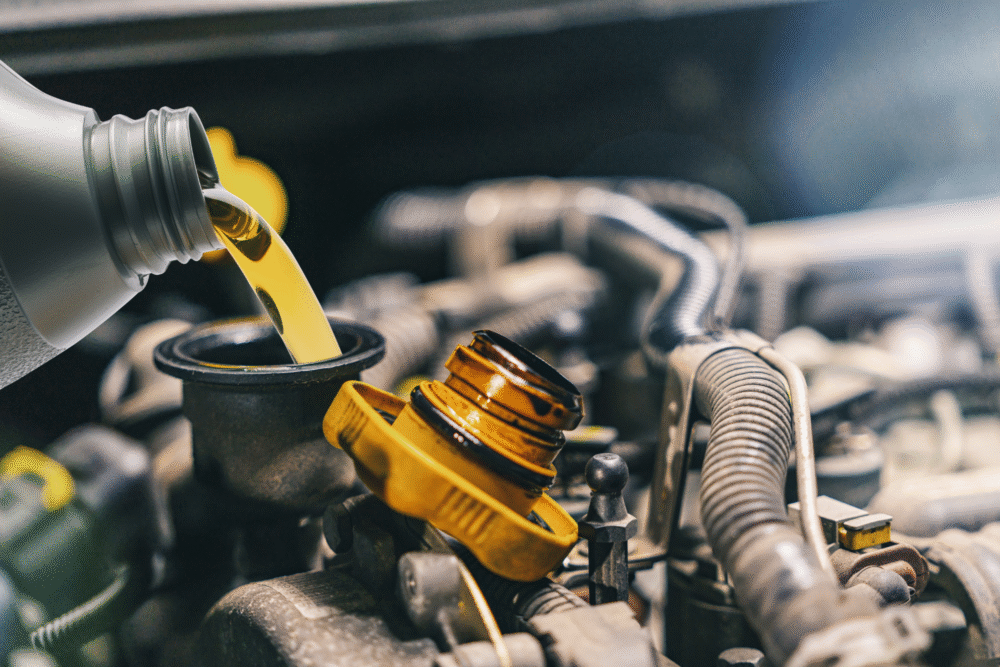
Oil changes are routine maintenance, but paying a mechanic or dealership to do them adds up fast. With basic tools—a jack, oil pan, wrench, and funnel—you can swap your oil and filter yourself for half the price or less.
The process is straightforward once you learn it: drain the old oil, replace the filter, pour in fresh oil, and you’re done. You’ll also avoid upsells for unnecessary services shops love to push. Just be sure to dispose of used oil properly at your local recycling center.
6. Patching small tire punctures keeps you on the road.
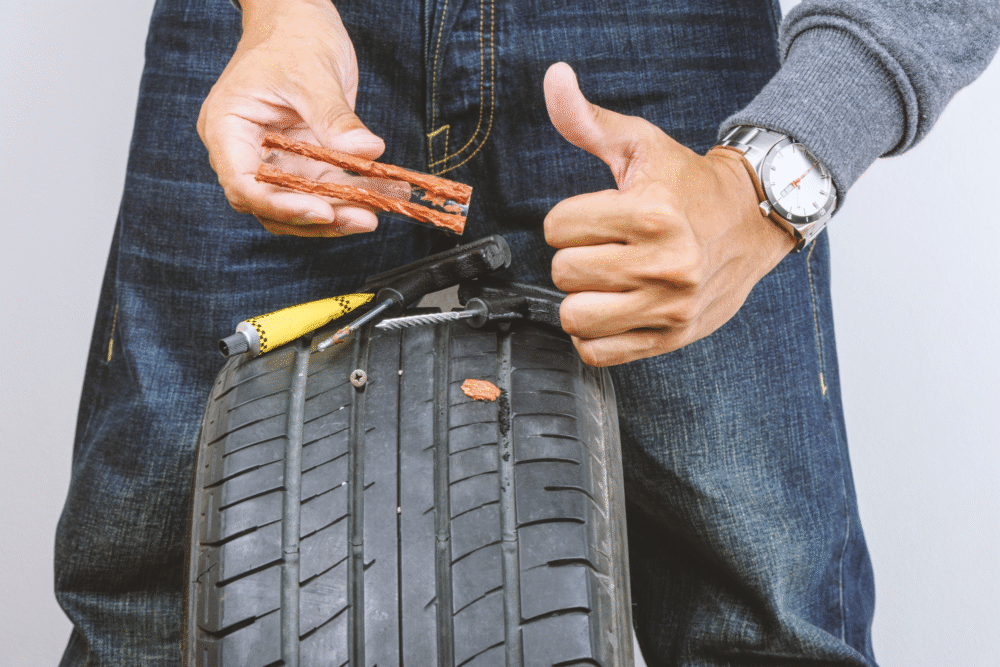
Running over a nail or screw doesn’t always mean replacing the entire tire. Many minor punctures can be repaired easily with a simple tire plug kit, which costs a fraction of what a mechanic would charge.
Locate the puncture, remove the debris, use the included reaming tool to clean the hole, insert the plug, and inflate the tire. It’s a 20-minute fix that saves both time and money, letting you skip the pricey trip to the tire shop unless the damage is more serious.
7. Replacing your cabin air filter improves air quality fast.
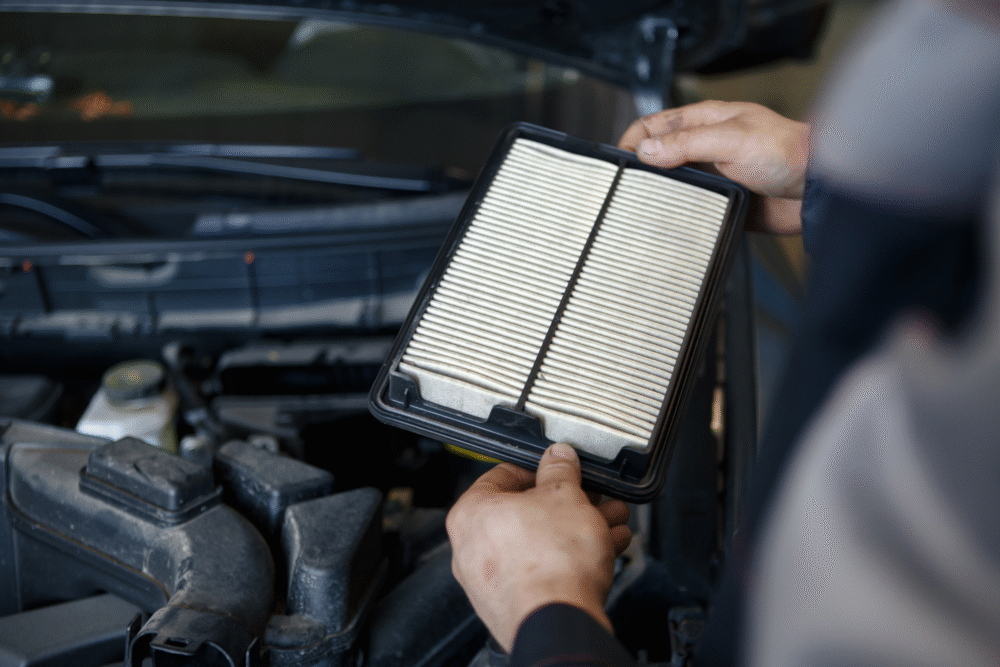
Many people don’t even realize their car has a cabin air filter, but a dirty one can lead to musty smells and poor airflow. Dealerships love to mark up this simple service, but you can replace the filter yourself in minutes.
In most vehicles, it’s located behind the glove box or under the dash. Once you access it, it’s a quick pull-and-replace job. A clean cabin filter makes your car’s HVAC system work better and keeps the air fresher, all without paying labor fees.
8. Resetting warning lights with a code reader avoids unnecessary shop visits.
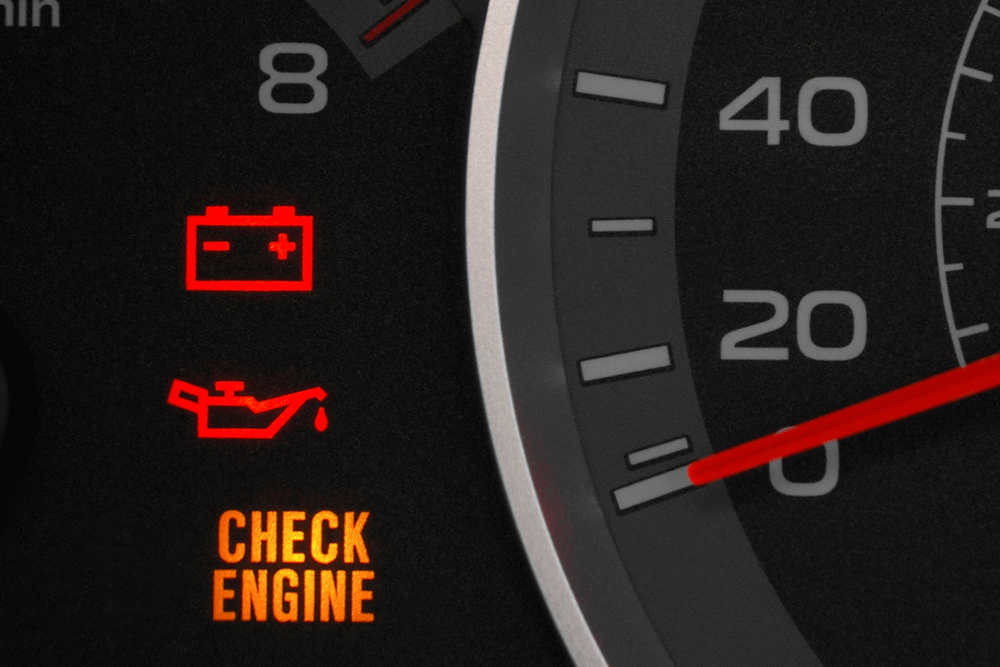
A check engine light doesn’t always mean a serious problem. Many times, it’s triggered by minor issues like a loose gas cap. Mechanics often charge just to read the code, but you can buy an affordable OBD-II scanner and check it yourself.
These handheld devices plug into your car’s diagnostic port and instantly display error codes. Many scanners offer explanations for the code, so you can decide if it’s something you can fix or if you actually need a professional. It’s an easy way to demystify warning lights and save money.
9. Jump-starting a dead battery is a skill every driver should have.
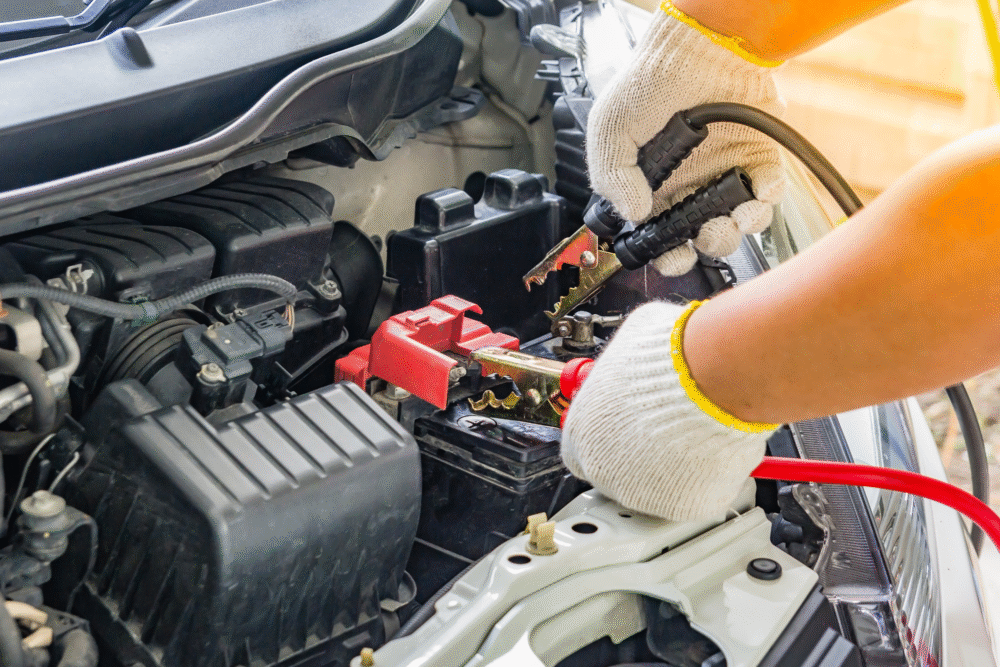
A dead battery can happen anytime, and calling roadside assistance costs both time and money. Learning to safely jump-start your car with a pair of jumper cables or a portable jump starter is simple and saves you the headache of waiting for help.
Attach the cables correctly, start the working vehicle, and your car should be back in action within minutes. Knowing how to handle this basic problem yourself keeps you self-sufficient and gets you back on the road without an expensive service call.
10. Replacing worn brake pads is completely doable with basic tools.
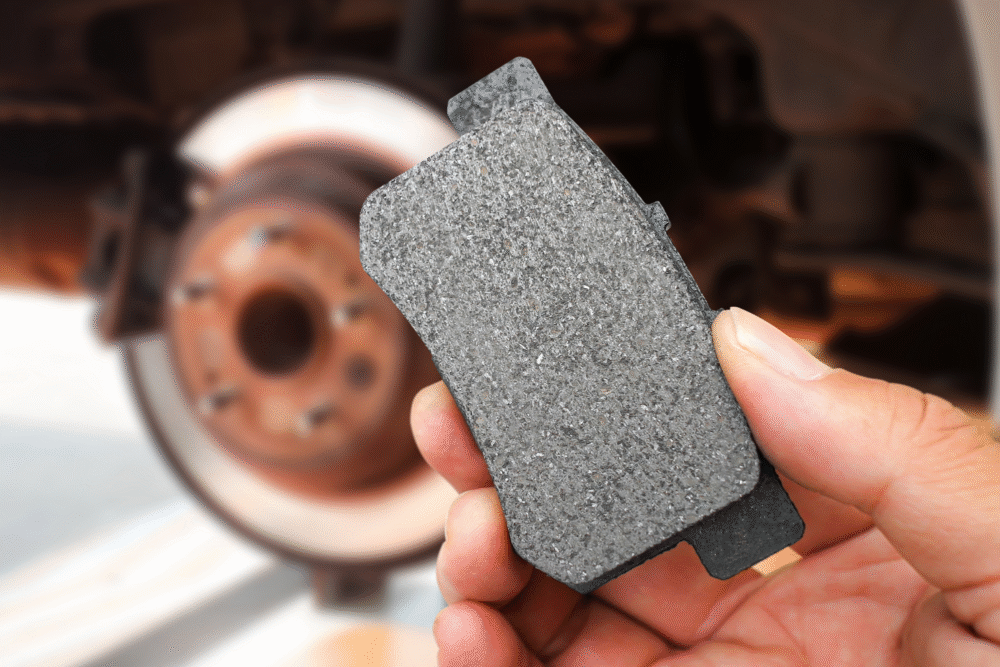
Brake shops often charge hefty fees for what’s really a pretty straightforward repair. As long as your rotors are still in good shape, swapping out worn brake pads can be done at home with a jack, a wrench, and a little research on your specific car model.
Remove the wheel, compress the caliper, slide out the old pads, insert the new ones, and reassemble. It takes some time and attention to detail, but doing it yourself can save hundreds and give you confidence that the job was done right.
